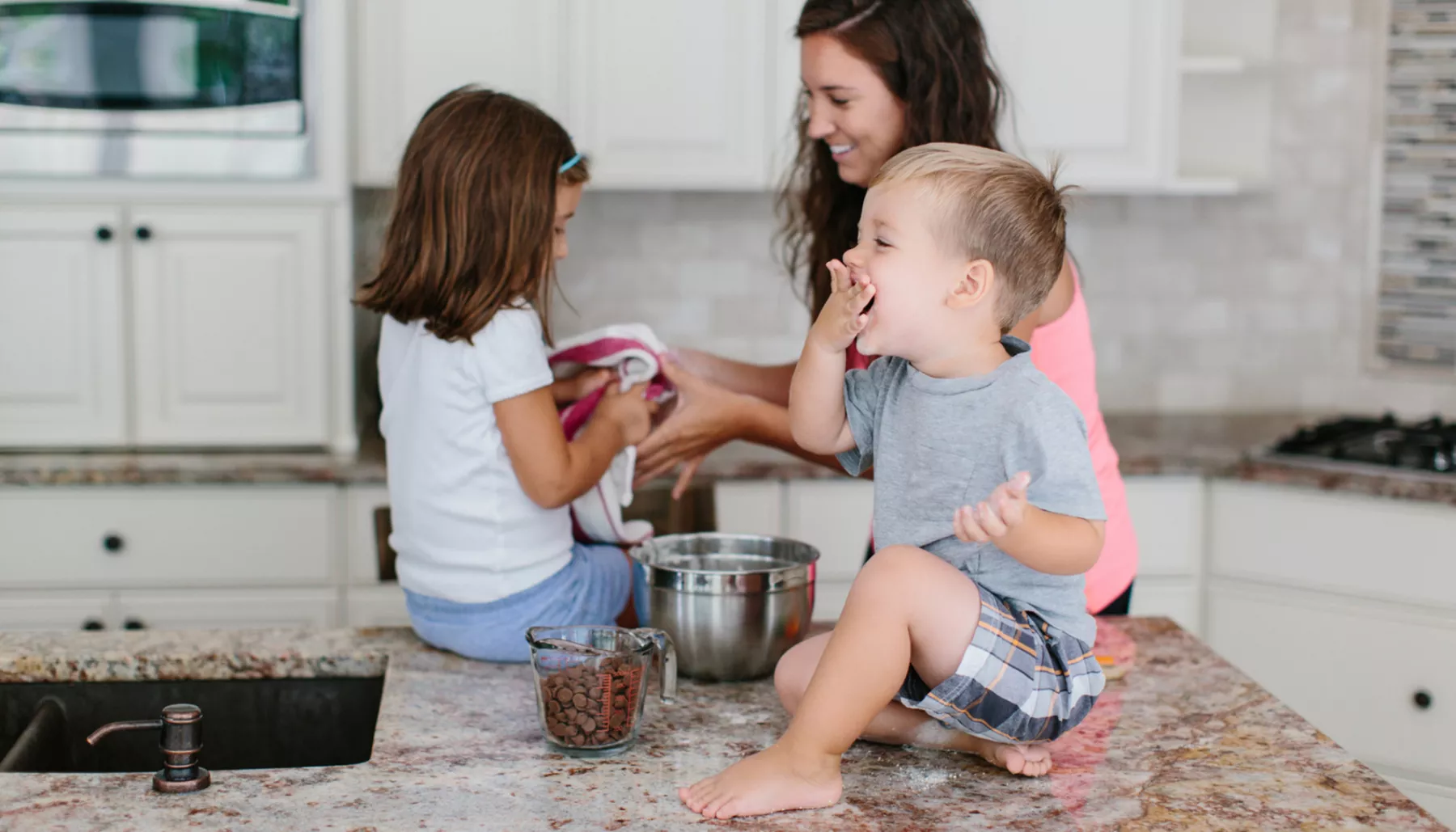Is your kitchen making you sick?
Maybe so, if you’re like the average household: According to independent public health organization NSF International, the kitchen is the most bacteria-laden room in the house.1More than 75% of households in NSF’s study harbored coliform bacteria – which includes Salmonella and Escherchia coli and reflects potential fecal contamination – on kitchen items including 75% of sponges, 45% of sinks, 32% of countertops and 18% of cutting boards tested.
A separate NSF study2 reported that, of the many germy places in your kitchen, the top spots for bacteria to grow were:
1 & 2. Refrigerator vegetable and meat compartments
3. Blender gasket
4. Can opener
5. Rubber spatula
6. Food storage containers with rubber seals
Other surprising locations for high levels of bacteria in the kitchen included refrigerator water and ice dispensers, coffee maker water reservoirs and knife blocks.
All of these places come into direct contact with your food and many are perpetually damp, which is bacteria’s prime breeding ground. Bacteria reproduce exponentially, so a single bacteria cell can turn into 8 million cells in less than a day. It’s no wonder that more than 20% of food-borne illnesses happen in the home.3
What should you do if you want to help keep your kitchen safe from bacteria that may make you sick?
Regularly clean and disinfect housewares: Chemicals like bleach and peroxide kill bacteria instantly, but follow directions carefully to avoid respiratory irritation, skin problems or poisoning, as well as damage or discoloration to your kitchen items.
Pay special attention to gadgets like can openers, blenders and rubber spatulas. All of these gadgets should be thoroughly sanitized after every use. Make sure to disassemble your blender (including removing the rubber gasket from the base) and pull rubber spatulas off their handles before putting them in the dishwasher.
Bacteria reproduce in warm, moist environments, so clean your coffee maker’s reservoir regularly, and make sure you sanitize kitchen sponges and dishrags after every use.
While these cleaning tips are critical to keeping your family safe from disease-causing bacteria in the kitchen, they can’t completely control bacteria. Disinfectant chemicals kill 99% of bacteria instantly, but the effect is temporary – within two hours bacteria levels on frequently touched surfaces can increase above levels considered safe for humans.4
Antimicrobial technology adds a layer of security above what disinfectants can do. One antimicrobial that has withstood the test of time is silver. Since ancient times, people have recognized that small amounts of silver helps to prevent bacteria from reproducing and colonizing.
Bacteria remain a challenge, particularly in the damp kitchen environment where raw meats, vegetables and fruits are prepared and consumed. But a combination of proper cleaning and gadgets embedded with antimicrobial technology can reduce the chance that your family will become ill from microbes in your kitchen.
Sources:
- NSF International. Germiest Items in the Home. Retrieved 3/30/15 at http://www.nsf.org/consumer-re...
- NSF International. Germiest Items in the Kitchen. Retrieved 3/30/15 at http://www.nsf.org/consumer-re...
- Centers for Disease Control and Prevention. Tracking and Reporting Foodborne Disease Outbreaks. Retrieved 3/30/15 at http://www.cdc.gov/features/ds...
- Attaway, Hubert H. et al. Intrinsic bacterial burden associated with intensive care unit hospital beds: Effects of disinfection on population recovery and mitigation of potential infection risk. American Journal of Infection Control, 2013; 40(10), 907-912.


